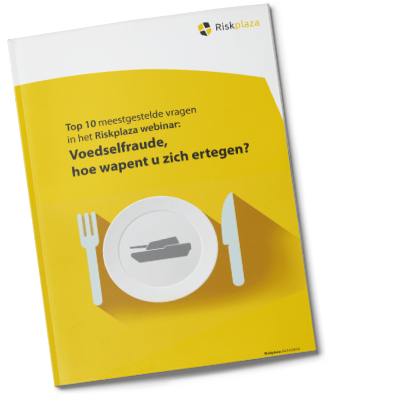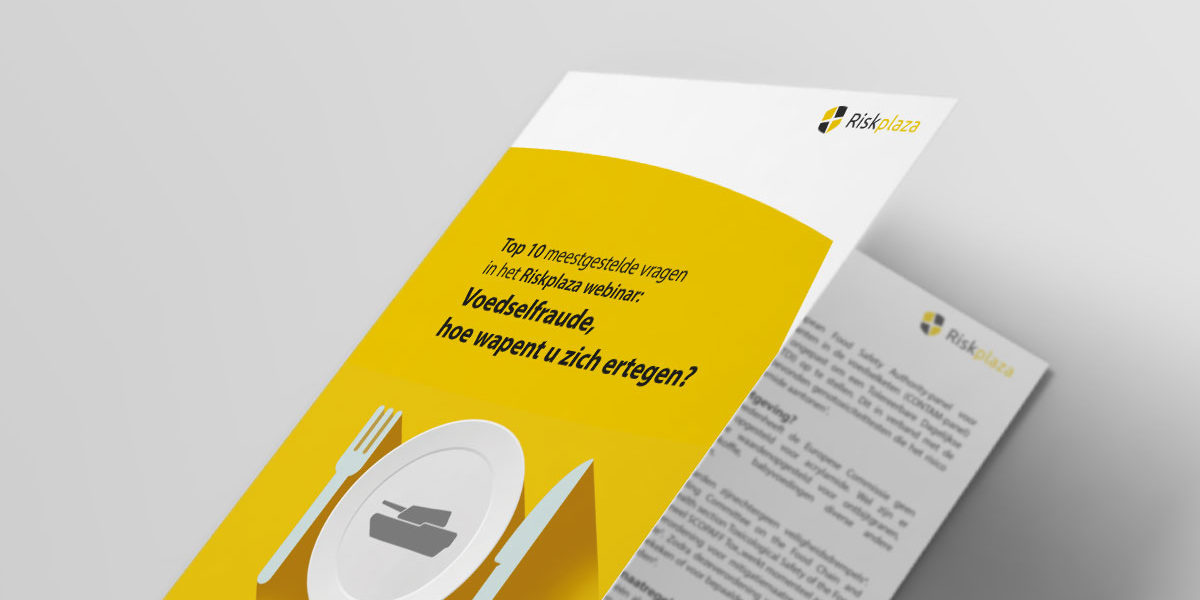FAQs from the Food Fraud webinar
17% of webinar viewers indicated they had dealt with a food fraud incident, while 71% had not. According to a fraud investigation conducted by the Dutch Consumer Association, at least 21% of the 150 products tested proved fraudulent. If you reflect these results on the market, and then there is still progress to be made. Start your fraud analysis today; the webinar provides an excellent starting point for this.
This webinar has been watched live by 600 viewers. When asked whether their food fraud analysis has been completed, 59% said they had arranged it, 27% planned to complete it within three months, 11% would start within three months and 4% did not intend to complete the analysis. What has already been completed is a lower percentage, according to Jacco van Son, because VACCP has been included for some time in the various GFSI-approved standard requirements.
During the webinar, viewers were given the opportunity to ask questions at any time. Based on viewers’ queries, a Top 10 list was compiled. The questions include:
1. What are the risk products with regard to food fraud, and where can I find this information?
2. If a raw material supplier is GFSI-certified, must this supplier be included in the vulnerability assessment?
3. What is the best approach to assessing global players?
4. Should a fraud investigation be carried out on purchased raw materials and on one’s own final products?
5. How extensive should the analysis be? For instance, when selling chicken meat, should the chickens’ feed be analysed? And how frequently?
6. What are the points of attention for food fraud by a transporter (IFS logistics)?
7. For the food fraud analysis, what is the added value of a marketer?
8. What is the difference between the corruption index of Transparency International and the list of the Business Social Compliance Initiative (BSCI)?
9. Is the Riskplaza Food Fraud Analysis tool also available if you do not have a subscription?
10. Will the webinar slides be available afterwards?
Answers to these questions are available in the white paper below.


